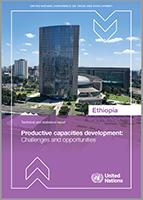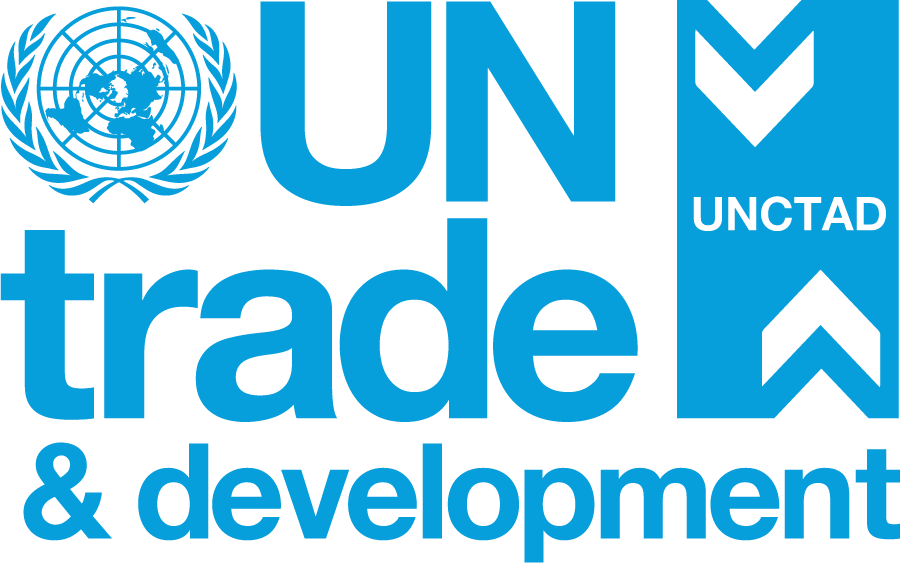
This publicaiton examines the country’s productive capacities to advance structural transformation and economic diversification, as well as related gaps and necessary policy responses.
The publication consists of an Introduction, which also analyses the state of Ethiopia’s economic development, as well as Part 1 and Part 2.
Part 1 – The National Productive Capacities Gap Assessment of Ethiopia (NPCGA) – provides data-driven and evidence-based articulation of the challenges facing Ethiopia in developing its productive capacities and kick-starting the process of structural economic transformation.
The NPCGA’s value added lies in its consistent and systemic application of the eight components of the Productive Capacities Index (PCI), key indicators used in the construction of the index, and a closer examination of Ethiopia’s micro-, meso-, and macro-economic policies, institutional and governance frameworks, as well as challenges and opportunities.
Part 2 – The Holistic Productive Capacities Development Programme for Ethiopia (HPCDP) – provides details on how best to address the gaps and limitations and key binding constraints to Ethiopia’s development through a comprehensive programme.
The HPCDP is tailored to specific domestic circumstances, comparative advantages, and national institutional frameworks and provides strategic orientation and action-oriented, step-by-step approaches to tackle these key binding constraints.
It is designed to address Ethiopia’s structural development challenges, as articulated in the NPCGA, by moving away from the practice of short-term, sectoral and fragmented, project-based interventions towards long-term, integrated, and programme-based approaches to development.
Both, the NPCGA and the HPCDP have been discussed and validated by the Government of Ethiopia at technical and high-level policy dialogues organised in 2022 and 2023, respectively.
This publication is a result of the implementation of the project “Developing integrated programmes to alleviate binding constraints to development by fostering structural transformation, building productive capacities and enhancing investment opportunities and linkages with china”, which is funded by the 2030 Agenda for Sustainable Development Sub- Fund under the United Nations Peace and Development Fund.


